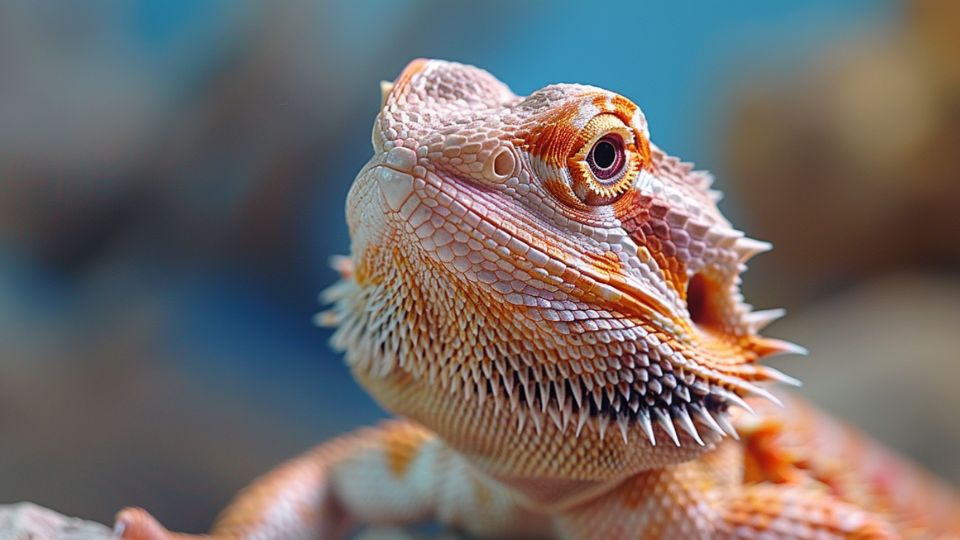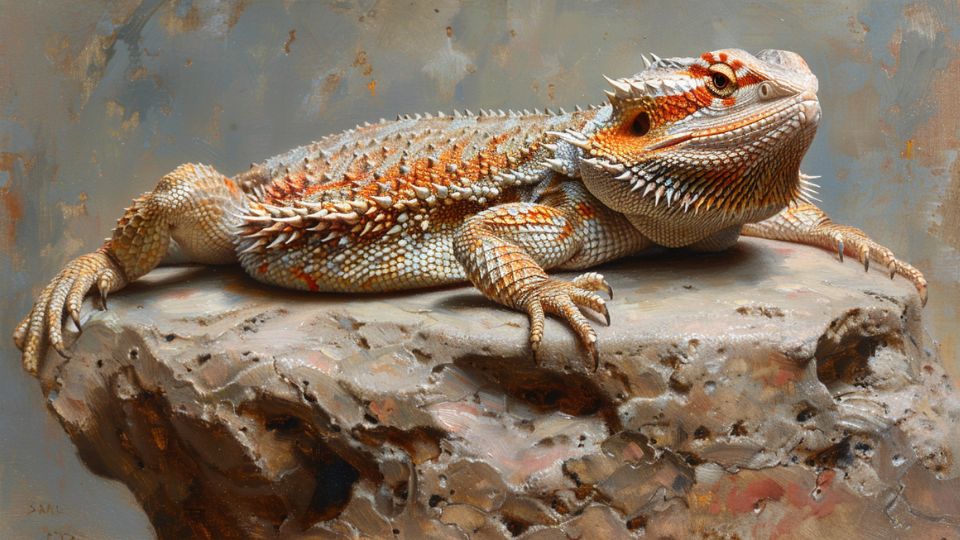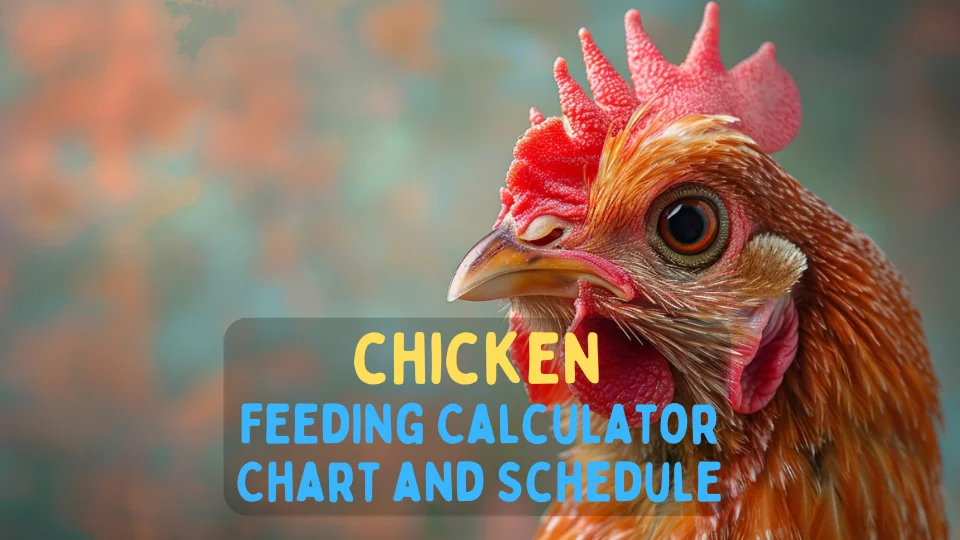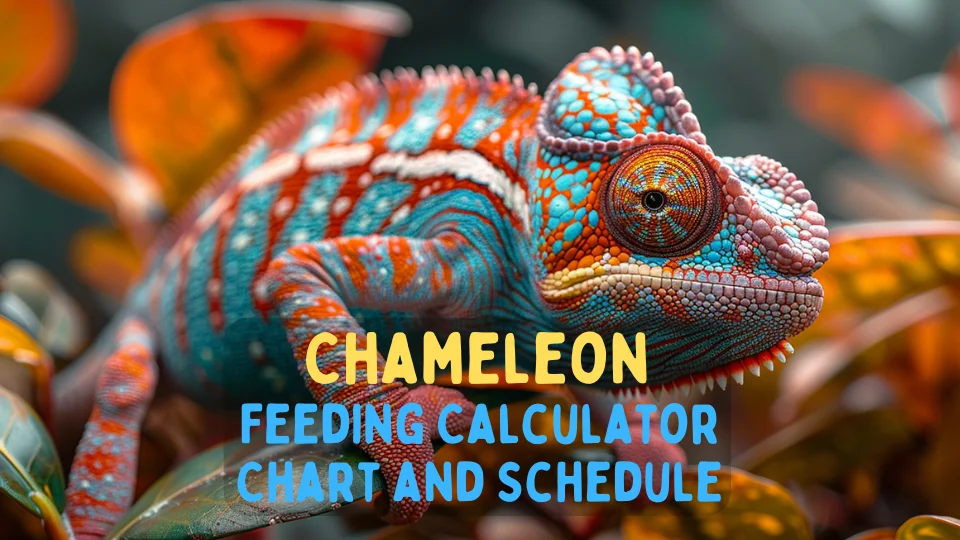Bearded dragons, those adorable miniature dinosaurs, can be fantastic companions. But hey, just like any other pet, they’ve got specific needs, especially when it comes to chowing down.
Lucky for you, you’ve stumbled upon the holy grail: the Bearded Dragon Feeding Calculator. Time to ensure your dragon dines like royalty!
Bearded Dragon Feeding Calculator

Feeding Schedule For a Bearded Dragon
Alright, first things first, let’s talk schedules. These critters are creatures of habit. Imagine if you got your morning coffee at a different time every day – chaos, right? Same goes for your beardie buddy.
| Age | Feeding Frequency | Feeding Recommendation |
|---|---|---|
| Juvenile (<12 months old) | 3-4 times weekly | Decrease insect intake, introduce more greens |
| Adult (> 12 months old) | 2-3 times weekly (or less) | Reduce insect intake, monitor weight |
Remember, moderation is key. Don’t go overboard – even dragons can’t resist the allure of a good buffet.

Good Food To Feed Your Bearded Dragon
Now, onto the good stuff – literally. Here’s what you should be piling onto your dragon’s plate:
Variety is key here. Think of it as a dragon-sized charcuterie board – the more options, the merrier!
What Not To Feed a Bearded Dragon

Bearded Dragon Feeding Summary
Alright, listen up – there are some definite no-nos when it comes to dragon dining:
| Food Type | Description |
|---|---|
| Greens | Collard greens, mustard greens, dandelion greens, turnip greens, kale, Swiss chard, bok choy, watercress, beet greens, escarole, chicory, endive, arugula, cilantro, parsley, basil, and spinach (in moderation). |
| Vegetables | Bell peppers (green, red, yellow), carrots, squash (butternut, acorn, yellow), sweet potatoes, pumpkin, green beans, snap peas, zucchini, cucumber, okra, parsnips, and occasionally broccoli and cauliflower (in moderation). Avoid feeding iceberg lettuce and onions. |
| Fruits | Blueberries, raspberries, blackberries, strawberries, mango, papaya, melons (watermelon, cantaloupe, honeydew), kiwi, apples (without seeds), pears, grapes (seedless), figs, and occasionally bananas and oranges (in moderation). |
| Insects | Crickets, dubia roaches, mealworms (not as a staple, as they can be high in chitin), superworms (not for juveniles), black soldier fly larvae (calcium-rich), silkworms, hornworms, butterworms, and occasional waxworms (as treats). Avoid feeding insects caught in the wild due to potential pesticide exposure. |
| Supplements | Calcium powder (with D3 for juveniles, without D3 for adults), multivitamin powder (once or twice a week), and occasional probiotics. Dust insects with calcium powder before feeding. |
| Treats | Occasional treats include small amounts of fruits (e.g., berries, melons) and vegetables (e.g., carrots, squash) as rewards or to entice picky eaters. Avoid offering sugary or fatty treats. |
| Precautions | Always provide fresh, clean water in a shallow dish. Avoid feeding large amounts of oxalate-rich greens (e.g., spinach) as they can bind calcium. Remove uneaten food promptly to prevent spoilage and potential health issues. Monitor for signs of overeating or dietary imbalances. |










Leave a Reply